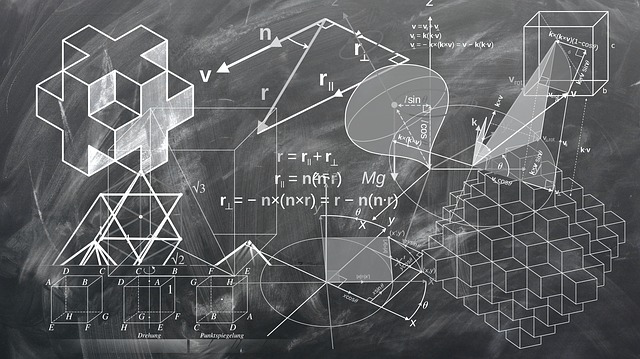
The proportional is that linked to a proportion.
The Latin term proportionalis came into our language as proportional . This adjective refers to what is linked to a proportion (that is, to the balance or correspondence that is registered between the components of a whole). Proportionality, on the other hand, is known as the proportion existing between the parts of the whole or between the parts and the whole.
For example: “The increase in salaries must be, at least, proportional to the increase in the cost of living” , “In this business, each person will take a share proportional to the work they have done” , “ Success is not always proportional to the effort in this professional career.”
Proportional increase
Let's take the first example to understand the concept. Suppose that, in a certain country, an inflation of 15% was recorded in the last year; In other words, we can understand that your cost of living went through an increase of 15% during the last twelve months.
When negotiating a salary increase , workers decide to start from a floor that, at least, covers said increase in the cost of living. Therefore, they seek a salary increase of no less than 15% so that said increase is proportional to inflation and implies not losing their purchasing power.
Comparison of magnitudes
When two magnitudes are compared , depending on the point of view, it is possible to conclude that they are directly proportional or inversely proportional .
One magnitude is directly proportional to another when any increase or decrease suffered by the first is reflected, proportionally, in the second. This is also known as direct proportionality and is simply defined with the relationship that more corresponds to more and less corresponds to less . On the other hand, one magnitude is inversely proportional to another if its increases are reflected in decreases and vice versa; In this case, more corresponds to less and less, more .

Proportionality can be seen when analyzing fruit consumption and the changes it produces in the number of units in a basket.
Examples of directly proportional quantities
An everyday example of directly proportional magnitudes is found in commercial activity: the normal thing is that the more products we buy, the higher the total amount of the transaction; Being more strict, the number of units of a given product usually directly multiplies the price of the unit (except in cases in which a discount is applied, although said multiplication must be carried out before applying it).
Inverse proportionality is more difficult to understand, as it requires slightly more abstract or complex examples. Suppose we have a basket full of apples and we want to count both the percentage of its contents, which is initially 100, and the number of apples a subject eats; For each one consumed, the percentage will always be reduced in the same proportion, such that the more units ingested, the lower the content of the basket will be.
As can be seen, these mathematical concepts are applied in everyday life, although not always evidently, but they are part of our analysis tools. In fact, we can use the following examples to understand how subtle the presence of one magnitude inversely proportional to another can be: "The closer I get to mathematics, the less fear it provokes in me," "Every page I read makes me feel like I understand." less" , "No matter how many opportunities I give him, he always wastes them and that distances him more and more from me."
The notion in grammar
In the context of grammar , a proportional adjective or multiple adjective is known as one that reflects the number of times a certain quantity is contained in another.
The expression “In my new job I earn twice as much as in my previous one” reveals that the person in question receives, in his current job, twice as much money as in the job he had previously.
